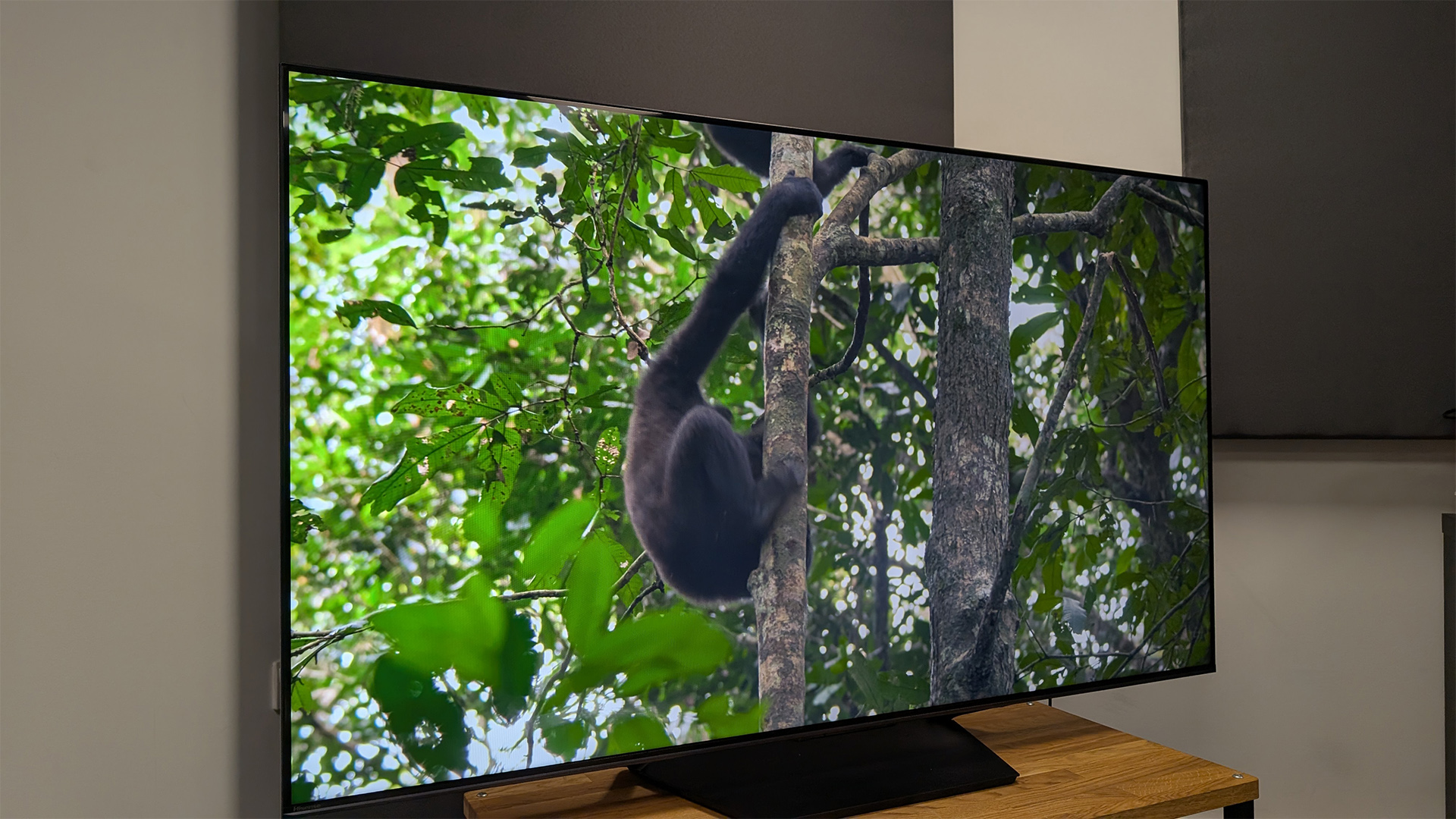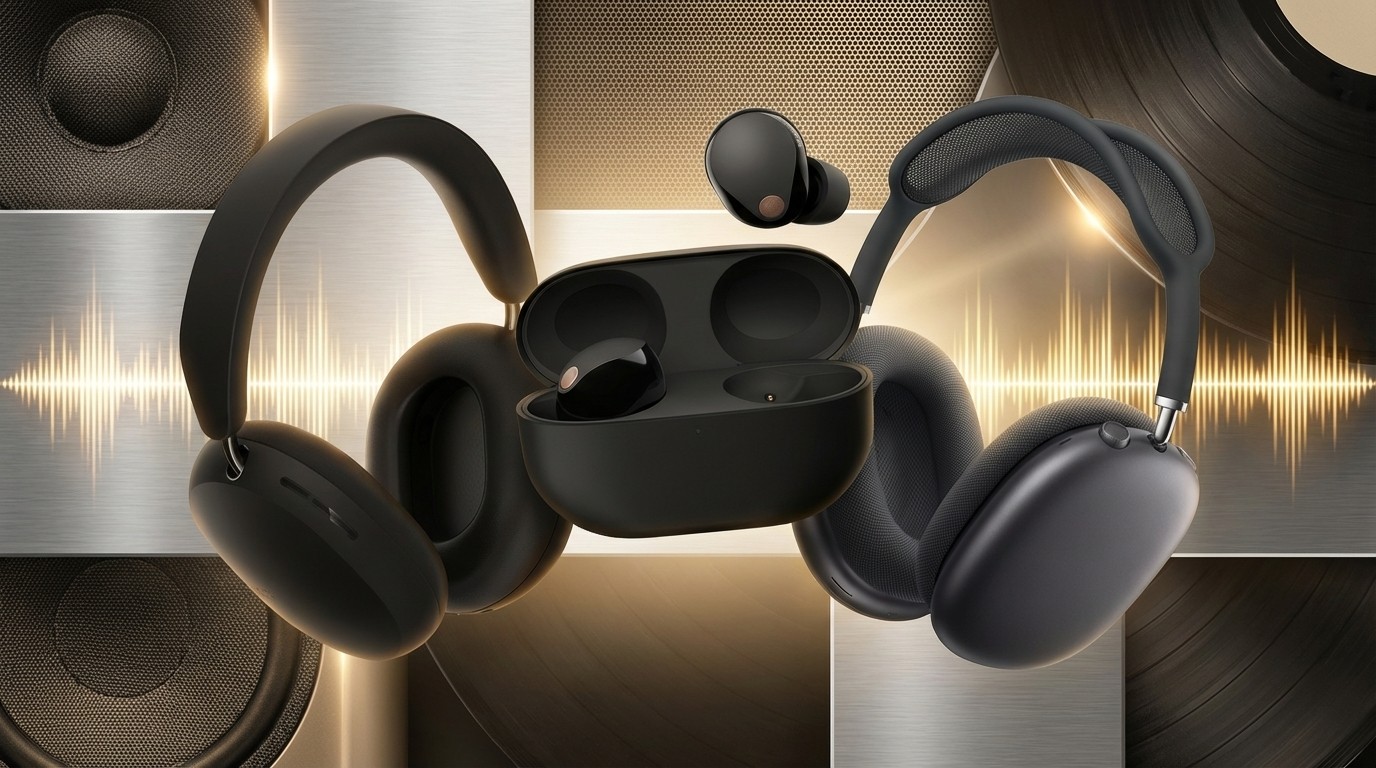I’ve tested some of the best and the big problem with Mini LED TVs is they try too hard
Sometimes it pays to accept your limitations

This year, while our staff writer, Lewis Empson, has spent the past few months globetrotting getting hands on looks at 2025’s new flagship OLED TVs – including the LG G5, Panasonic Z95A, Samsung S95F and Philips OLED910 – I’ve had an important but less glamorous task.
Specifically, clearing the growing pile of mid-range Mini LED TVs in our review rooms for testing. This means I've spent the past few months testing key sets including the Hisense U7N, TCL C855K and Amazon Fire TV Omni Mini LED (full reviews of the latter two incoming).
Though specific pricing varies between them and is currently fluctuating on a near daily basis, all of the 65-inch models generally sit in the £800-£1000 / $899-$1100 bracket, making them firmly mid-range sets.
That means it would be unfair and hugely misguided to expect them to offer the same performance as an OLED TV, but having spent more hours locked in our windowless test room, running the three head-to-head I have one key take away: they need to stop trying so hard.
What do I mean by that? There are two key things.
First is black level. Mini LED is often pitched as a rival to OLED, with companies claiming its zoned panel design, which lets it charge sections of the screen, rather than all of it as a normal LED does, means it can offer much deeper blacks.
Having tested TVs with the tech I can confirm this is true when you compare them to normal LEDs, but I’m yet to find a set with the hardware that can match the perfect inky blacks of an OLED, which have pixel-level light control.
The latest hi-fi, home cinema and tech news, reviews, buying advice and deals, direct to your inbox.
The problem is that many of the Mini LEDs I test try to get round this by cranking the contrast, making most scenes look like a panel from a Frank Miller comic, where there are swathes of black, completely devoid of detail.
Being fair to TV makers, projector makers – particularly Xgimi – are also guilty of this. But, it’s still a problem that means you’re not seeing a significant portion of what the director wants you to.
The better alternative is to not try so hard and accept the weaker black level, and tune the set so it’s slightly brighter, but details aren’t lost. Here the compromise is that the blacks can look distinctly grey.
The second issue stems from many manufacturers' obsession with brightness and showing how bright new TVs can go.
On the one hand this can be a positive. A higher peak brightness can make bright scenes retain details darker sets can’t and, when deployed right, helps with dynamic contrast, offering a wider separation between the darkest and lightest parts of the picture. Pennywise’s shining eyes in a dank sewer in It can hold a particular menace on well-made, newer sets, for example.
But an overt focus on always showing this can add artificiality to the image. I’ve seen plenty of examples recently where sets try to give images more punch by raising the brightness, but poor backlight control means entire, or at least large, sections of the picture jump up, and consequently look flat – the opposite of the intended effect.
Here it would be better to keep the overall brightness down and accept the lower peak, as the rapid jump is jarring and commits the cardinal sin of making you focus on what the TV is doing rather than the movie you’re watching.
In both instances, uniformity rather than trying to constantly pushing a panel to its limits is better in my mind. Which is why I’ve penned this feature, pleading with manufacturers to stop trying so hard and start tuning with the content, not specifications sheet, in mind.
MORE:
These are the best Mini LED TVs we’ve tested
We rate the best 65-inch TVs
Our picks of the best cheap TVs

Alastair is What Hi-Fi?’s editor in chief. He has well over a decade’s experience as a journalist working in both B2C and B2B press. During this time he’s covered everything from the launch of the first Amazon Echo to government cyber security policy. Prior to joining What Hi-Fi? he served as Trusted Reviews’ editor-in-chief. Outside of tech, he has a Masters from King’s College London in Ethics and the Philosophy of Religion, is an enthusiastic, but untalented, guitar player and runs a webcomic in his spare time.
